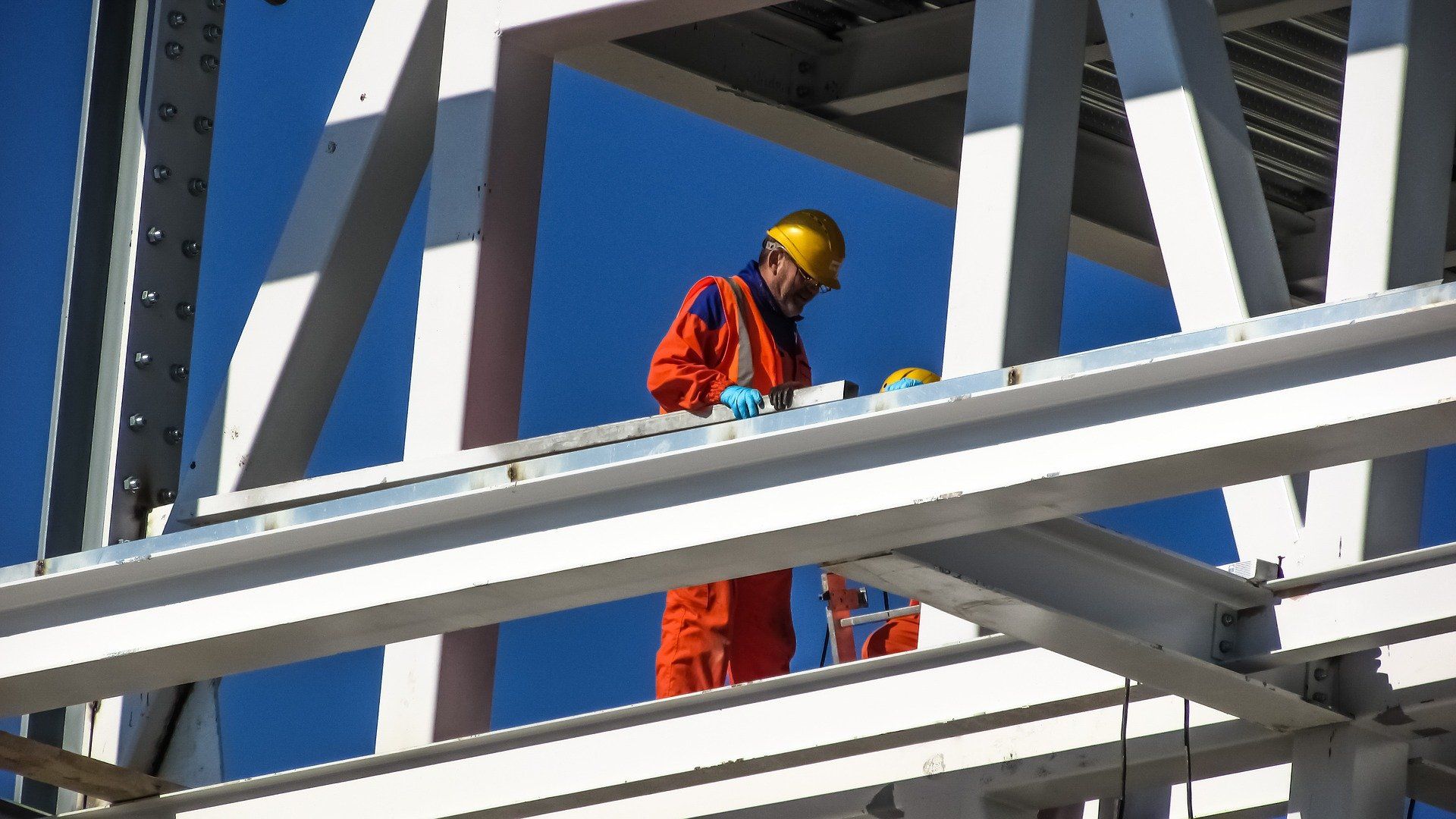Safety Tip: Silica Dust
Activities such as abrasive blasting with sand, sawing brick and concrete, sanding or drilling into concrete walls, grinding mortar and cutting or crushing stone exposes workers to respirable crystalline silica dust. What is silica dust and how can you protect yourself?
What is Silica Dust and What are the health risks associated with Silica Dust?
Crystalline silica is a mineral that is found in the earth's crust. Respirable crystalline silica are very small particles that are created when cutting, sawing, grinding, drilling and crushing stone, rock, concrete, brick, block and mortar. Workers risk of exposure to respirable crystalline silica dust are associated with activities such as abrasive blasting with sand, sawing brick or concrete, sanding or drilling into concrete walls, grinding mortar and cutting or crushing stone. Workers who inhale silica dust are at an increased risk for Silicosis (an incurable lung disease that can lead to disability and death), Lung cancer, Chronic obstructive pulmonary disease (COPD) and Kidney disease.
Tips and recommendations when it comes to controlling your exposure to Silica Dust:
- Training is required annually, as with most OSHA standards
- Three types of control for exposure are: Engineering (vacuum with HEPA filters), Administrative (read labels or SDS to determine if a product contains silica dust- powered concrete, sand bags) and PPE (respiratory protection, Tyvek suits)
- Air monitoring determines if exposure is above OSHA PEL (Permissible Exposure Limit)
- Wash clothing separate from family laundry. Keep work boots out of the home environment
- Wash hands and face with water to eliminate dust before breaks, lunch and after shift
- Do not eat, drink or use tobacco products in dusty areas
- Water spray helps eliminate airborne silica dust when cutting and drilling concrete. Use other wet methods for cutting, chipping, drilling, sawing or grinding concrete or brick
- Reduce exposure by substituting materials with no silica, move individuals away from cutting or grinding of concrete, control rooms with barriers or enclosures, use local exhaust ventilation system with HEPA filters and tools with dust collecting systems (drills, grinders)
- Do not use a powered blower with dry dust
- Be informed, reduce exposure to dust, use respirator, be trained and practice good personal hygiene at workplace to protect self and family
- Use eye protection such as googles with dust particulates
- Air monitoring may be required
Source: www.osha.gov



